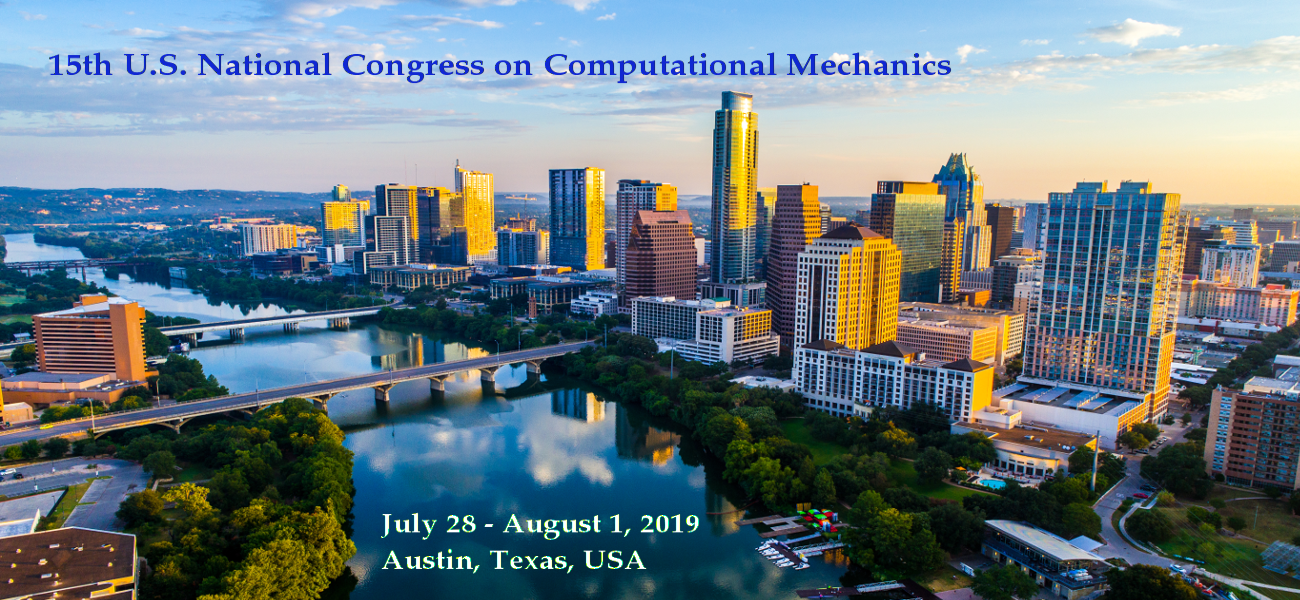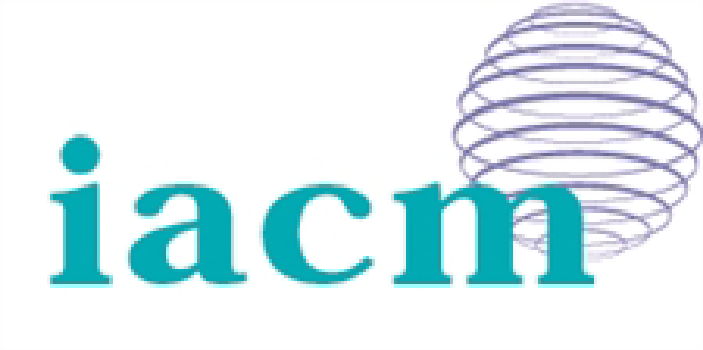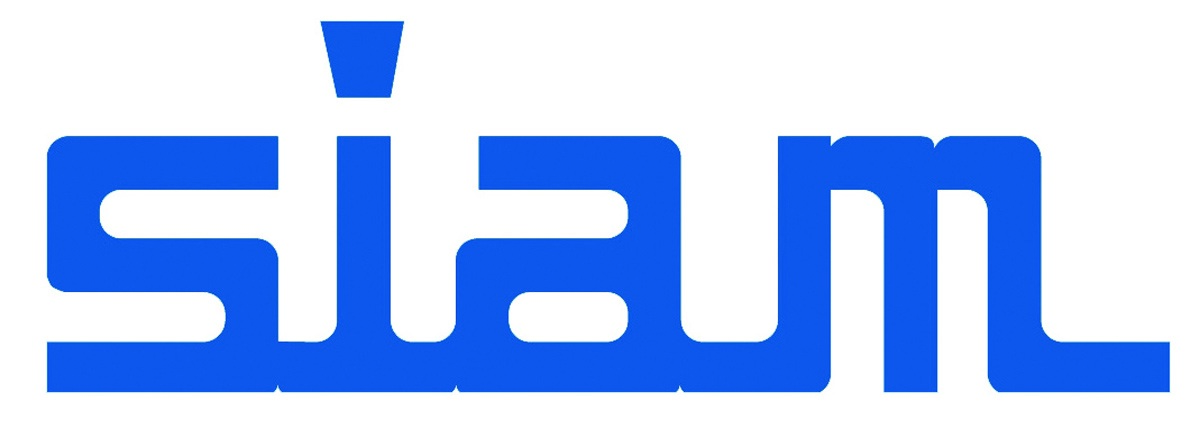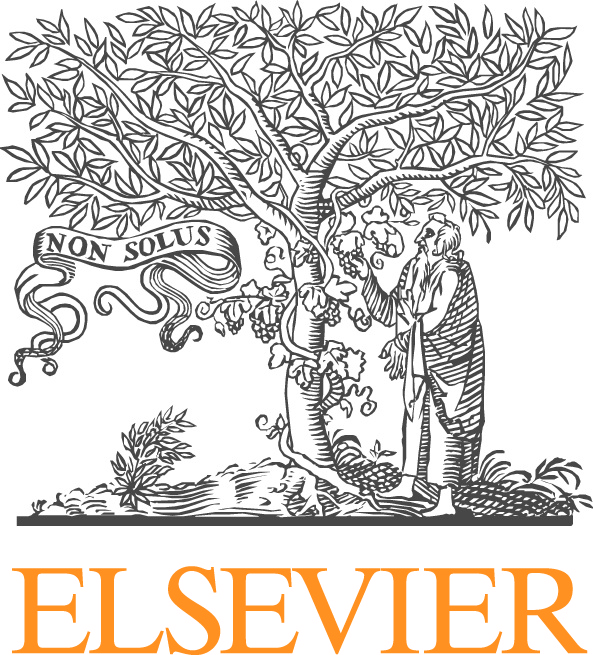Robert Ferencz, Lawrence Livermore National Laboratory
John Michopoulos, Naval Research Laboratory
Neil Hodge, Lawrence Livermore National Laboratory
Additive manufacturing (AM) has gained increasing popularity in the last decade, owing to the creation of processes and machines that extend its benefits to many traditional engineering materials. One of the main benefits of AM is its intrinsic ability to utilize existing materials to create parts with features spanning multiple length scales in manner that was not previously possible. The excitement surrounding these processes has been tempered by the recognition of difficulties introduced by AM, including the inducement of undesirable residual stresses, undesirable microstructure, porosity, as well as the challenge of maintaining dimensional stability. Computational modeling is becoming a significant tool in addressing many challenges inherent in these processes. This mini-symposium provides a forum to discuss ongoing modeling and simulation work applied to AM. Presentations regarding modeling of any relevant process (e.g., material extrusion, material droplet printing, selective laser melting/sintering, electron beam melting, directed energy deposition, fused deposition modeling, stereolithography, binder jetting) and material family (e.g., metals, plastics, ceramics, biologics) are welcome. A non-exclusive list of presentation foci includes:
• Simulation of a process to predict residual fields (stresses, deformations), and surface topology.
• Computational methods for correcting part distortion.
• Continuum and discrete analytical and numerical multiphysics methods for modeling the AM
processes and the performance of the virtual “as-produced” parts.
• Modeling strategies and methods for representing the inherently multiscale nature of the problem,
including any or all of the scales associated with the spatial, temporal, and/or material domains.
• Modeling of novel material systems.
• Coupled process-part optimization for design of functionally tailored and lightweight parts.
• Integration of feedback and/or feedforward control methods and process maps for minimizing the
presence of undesirable features such as defects and residual stresses in as-built parts.
• Simulation of the manufacturing process for smart materials, sensors, and nano-devices.
• Modeling non-traditional AM processes enabling 2D and 3D material activation by breaking the pointby-
point, line-by-line, layer-by-layer paradigm.







